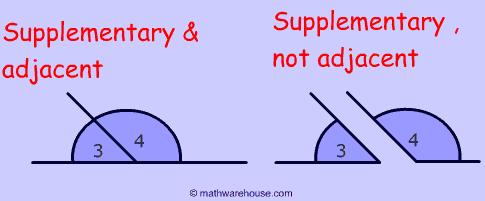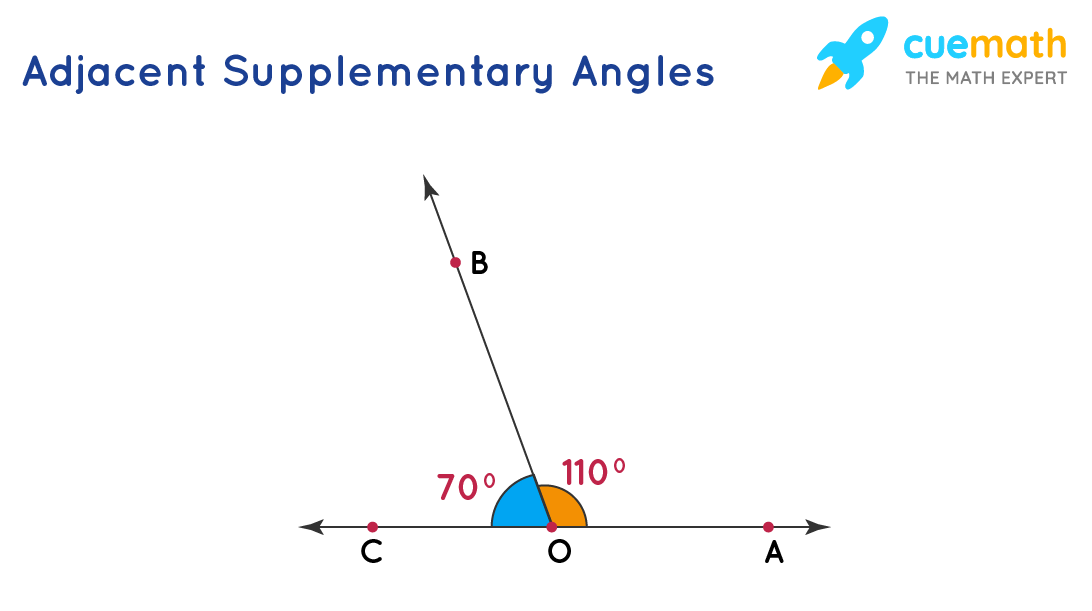
Such a difference in fault orientation suggests different stress conditions between the two fault clusters.Īmong the 26 faults observed on core split surfaces, 15 show a normal component of displacement. F25B), whereas the latter preferentially strike north–south to northeast–southwest (Fig.

Separately plotting faults from fault Cluster 1 and those from fault Cluster 2 shows that the former strike around northwest–southeast (Fig. F25): north–south to N20☎ trending faults and N100☎ to N145☎ trending faults. Hole C0022B faults show two preferred orientations (Fig. Figure F24 does not show any consistent variation of fault strike with depth. With one exception dipping at 32°, all faults dip between 50° and 85°. Of 26 faults measured in Hole C0022B cores, 25 are clustered in two intervals: between 50 and 83 mbsf (fault Cluster 1), and between 386 and 405 mbsf (fault Cluster 2). Minor faults and deformation bands are common in Hole C0022B cores (Figs.

Bedding orientations within the bedding disturbed zone show scattered distributions (Fig. From 145 mbsf downward, bedding dips remain <15°.īedding strike does not show any noticeable change with depth, whether above or below the bedding disturbed zone (Figs. In this bedding disturbed zone (shaded section in figure), bedding dips fluctuate but, in total, progressively increase toward the bottom. Most bedding dips are between 0° and 20°, whereas bedding dips steeper than 20° (up to ~50°) are exclusively observed between 73.49 and 143.82 mbsf (Fig. Structures relevant to the inferred splay fault will be described in a separate section.Ī total of 190 bedding measurements were made on cores from Hole C0022B.

We first describe structures distributed along the entire cored section. Structures observed in cores retrieved from Hole C0022B fall into two categories: structures that can be observed along the entire cored section and structures observed at a specific interval within which the tip of the splay fault, initially identified on seismic profiles and subsequently drilled through at Site C0004 during Expedition 314, may be located (Expedition 314 Scientists, 2009b Expedition 316 Scientists, 2009a Moore et al., 2009). Wenner probe electrical resistivity.ĭoi:10.2204/iodp.proc.338.107.2014 Structural geology Hydrocarbon gas composition, additional extracted. Hydrocarbon gas composition, conventional extraction. Sediment interstitial water geochemistry. V P and electrical resistivity measurements. C 1/(C 2 + C 3) ratios and δ 13C-CH 4 relationship. Methane, ethane, and propane concentrations.

Comparison to lithologic variations at Sites C0004 and C0008.


 0 kommentar(er)
0 kommentar(er)
